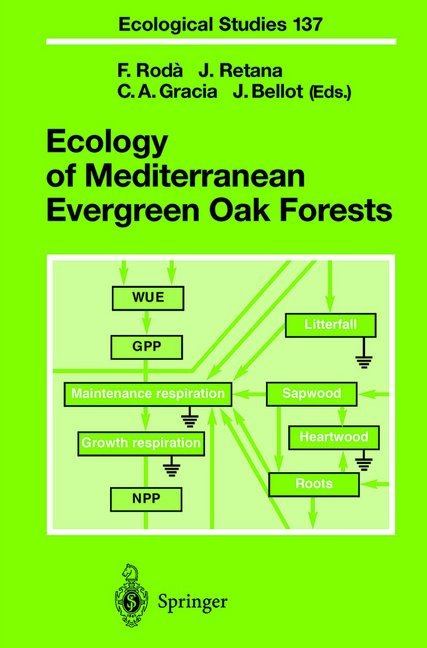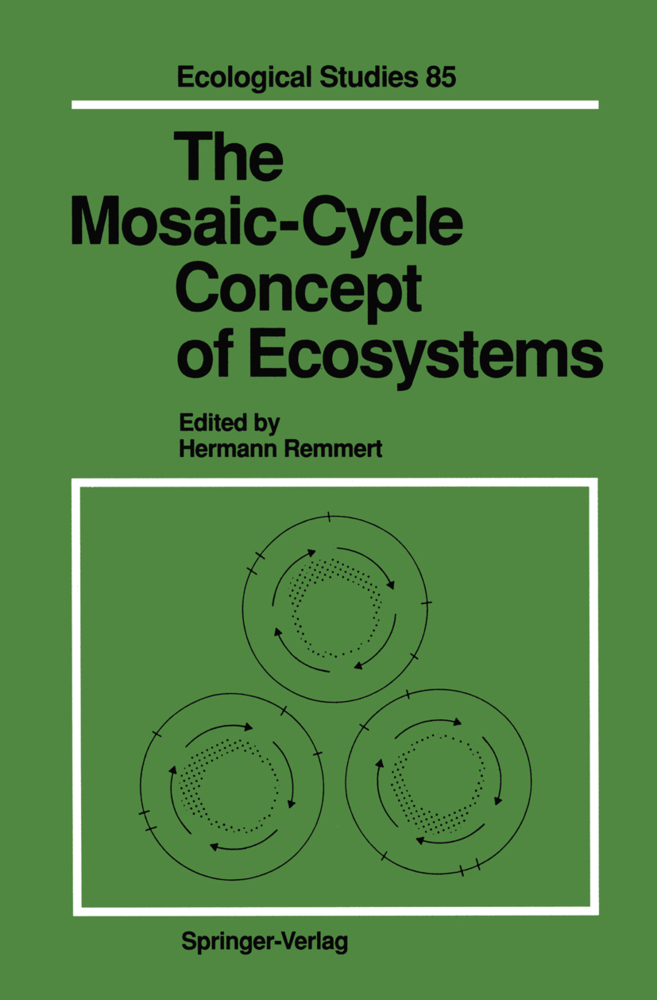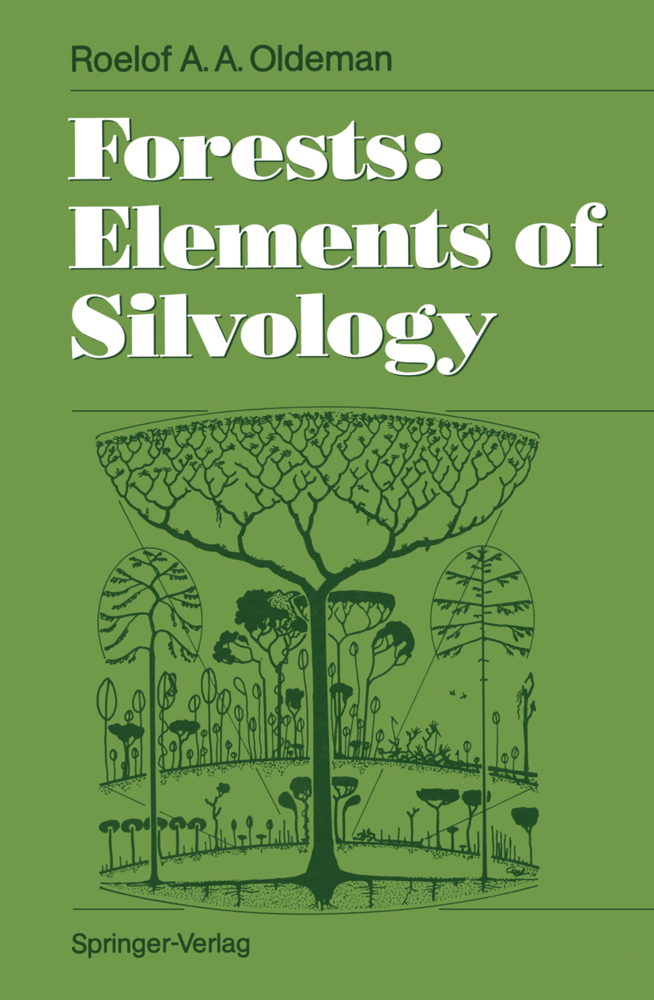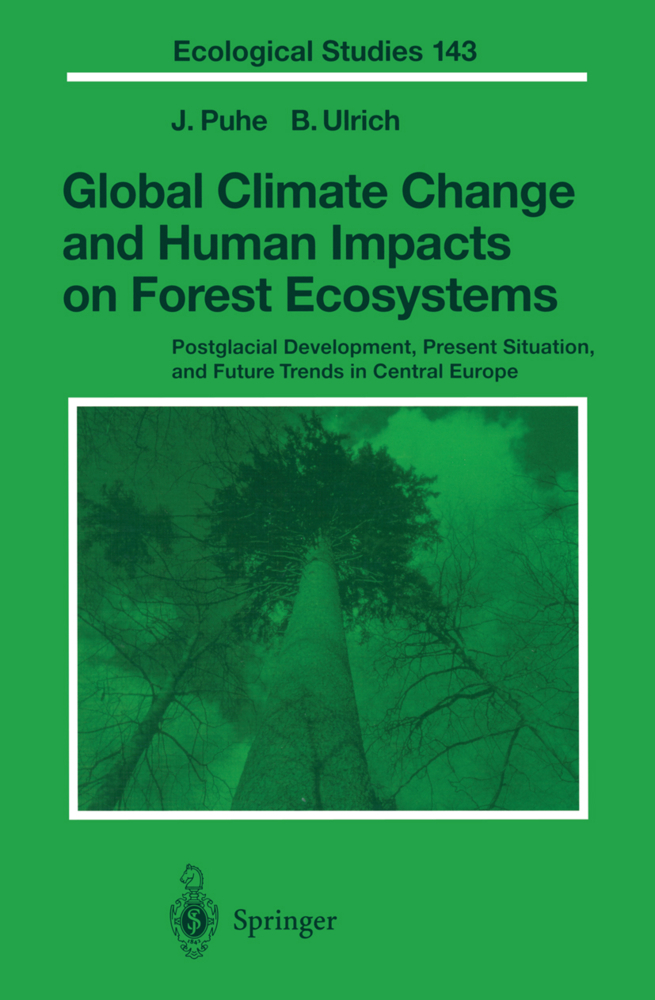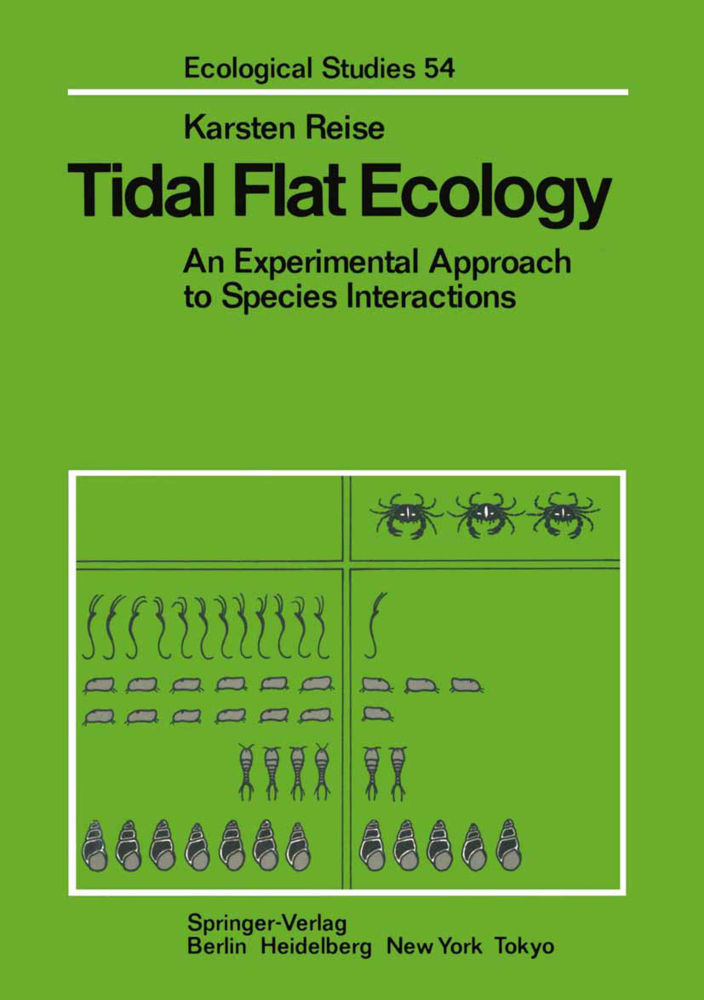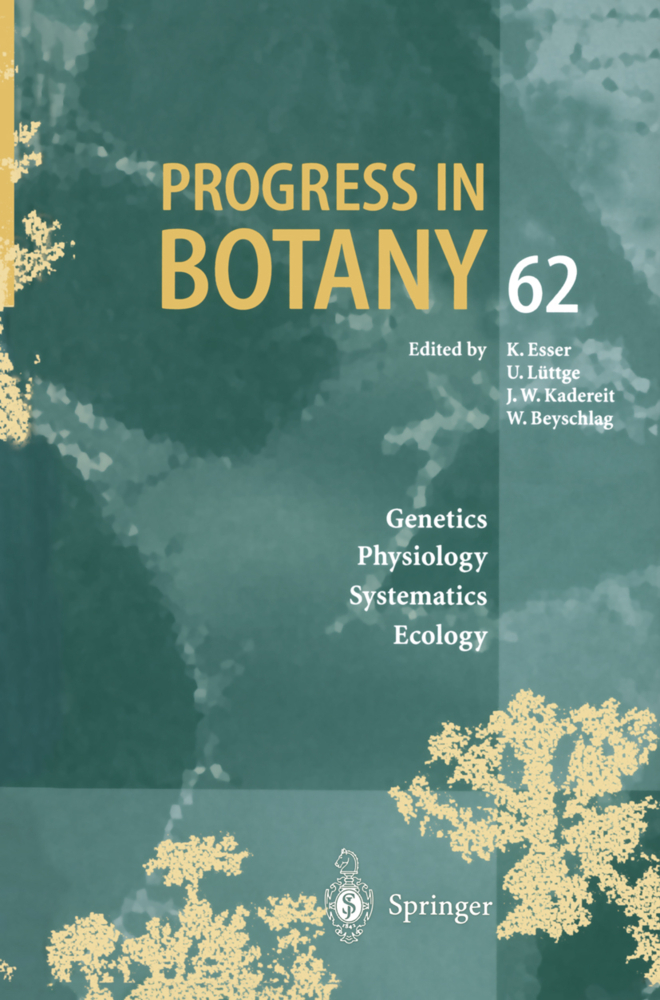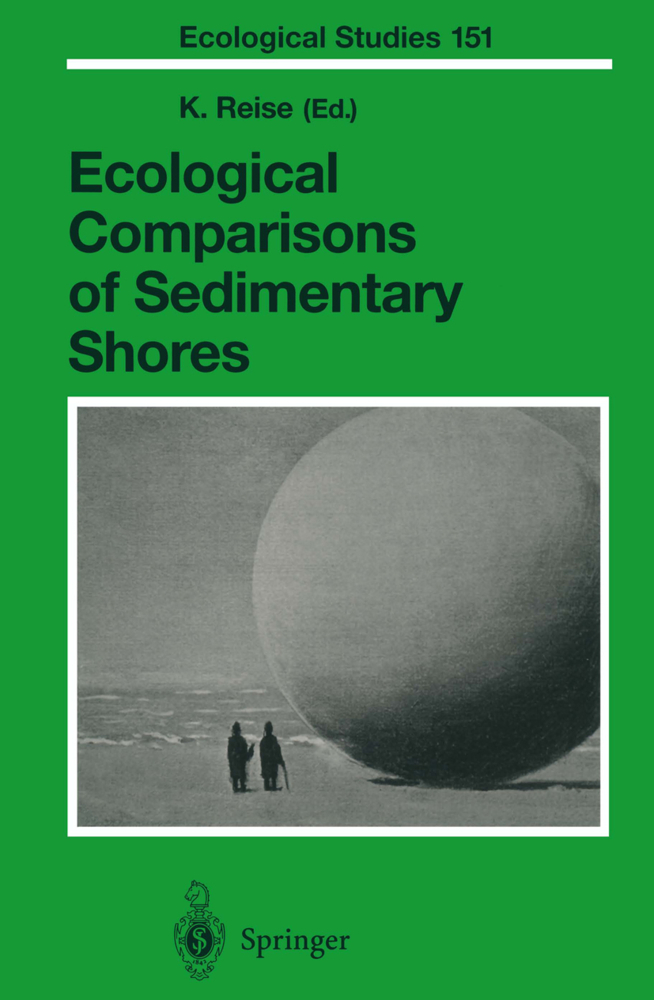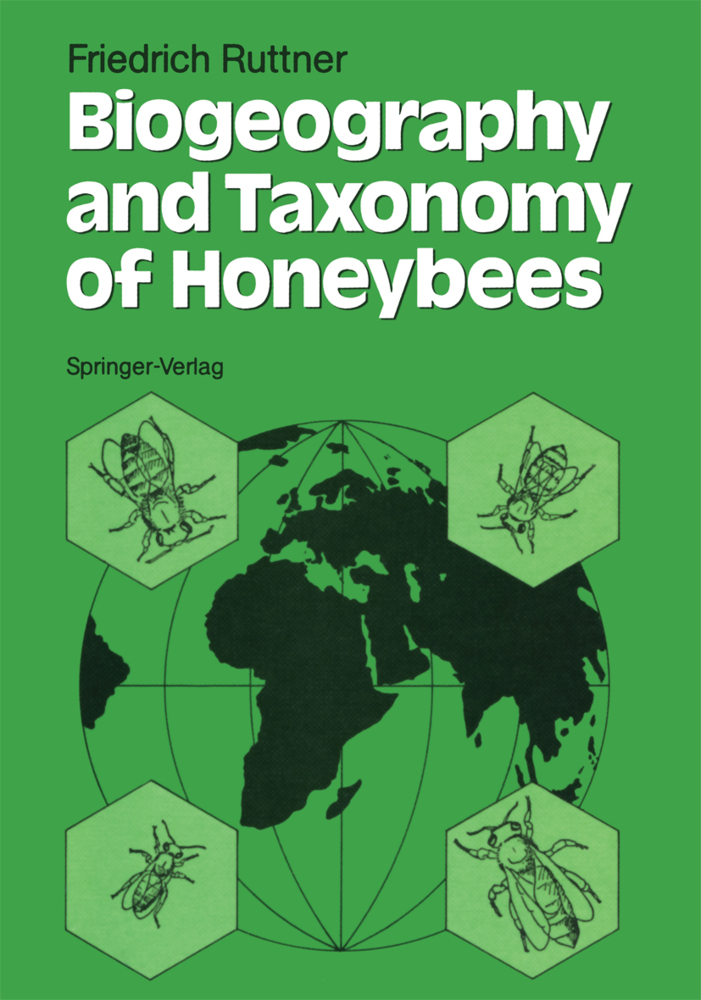Ecology of Mediterranean Evergreen Oak Forests
Ecology of Mediterranean Evergreen Oak Forests
Broadleaved evergreen forests where holm oak (Quercus ilex 1.) is almost the only canopy tree are a distinctive ecosystem of the Mediterranean Basin. Biogeographically, these forests lie between cool-temperate deciduous forests to the north and drier shrublands to the south. In a more general view, they are ecologically intermediate between these deciduous forests and humid warm-temperate evergreen forests, such as the laurisilva of the Macarone sian islands or the broadleaved evergreen forests of eastern Asia. Holm oak forests are characterized by small-stature trees (usually 5 to 12 m tall), which are slow growing, cast a deep shade, and have small, evergreen, sclerophyl lous leaves. Summer drought is the major environmental constraint. Mediterranean broadleaved evergreen forests have been underrepre sented in the open literature. For example, The Woodlands Data Set of the International Biological Program (IBP) contained data from just one holm oak forest plot, Le Rouquet in southern France (Reichle 1981). Also, some models of European forests consider just two major forest types, broad leaved deciduous and evergreen conifers, forgeting the extensive forests and woodlands of holm oak and cork oak (Quercus suber 1.), which are the ma jor evergreen oak tree species in the Mediterranean Basin. The extensive lit erature on Mediterranean-type ecosystems has also largely neglected these forests, being centred mostly on Mediterranean-type shrublands.
2 Experimental Areas of Prades and Montseny
2 Stand Structure and Dynamics
3 Stand Structure, Aboveground Biomass and Production
4 Structure and Dynamics of the Root System
5 Resprouting Dynamics
6 Acorn Ecology
7 Seedling Recruitment
8 A Model of Stand Dynamics For Holm Oak-Aleppo Pine Forests
3 Light Harvesting and Gas Exchange
9 Leaf Traits and Canopy Organization
10 Gas Exchange and Water Relations
11 Modelling Canopy Gas Exchange During Summer Drought
12 GOTILWA: An Integrated Model of Water Dynamics and Forest Growth
4 Nutrient Cycling at the Stand Level
13 Water and Nutrient Limitations to Primary Production
14 Precipitation Chemistry and Air Pollution
15 Throughfall and Stemflow
16 Soil Nitrogen Dynamics
17 Soil Water Chemistry
18 Nutrient Distribution and Cycling
5 Hydrology and Biogeochemistry of Catchments
19 Water Balance in Catchments
20 Element Budgets in Catchments
21 Biogeochemical Models
6 Responses to Disturbances
22 Soil Fertility After Fire and Clear-Cutting
23 Functional Responses to Thinning
7 Animals in the Forest: Ecology of Two Main Groups
24 Soil Arthropods
25 Composition and Dynamics of the Bird Community.
1 Introduction
1 1 Holm Oak and Holm Oak Forests: An Introduction2 Experimental Areas of Prades and Montseny
2 Stand Structure and Dynamics
3 Stand Structure, Aboveground Biomass and Production
4 Structure and Dynamics of the Root System
5 Resprouting Dynamics
6 Acorn Ecology
7 Seedling Recruitment
8 A Model of Stand Dynamics For Holm Oak-Aleppo Pine Forests
3 Light Harvesting and Gas Exchange
9 Leaf Traits and Canopy Organization
10 Gas Exchange and Water Relations
11 Modelling Canopy Gas Exchange During Summer Drought
12 GOTILWA: An Integrated Model of Water Dynamics and Forest Growth
4 Nutrient Cycling at the Stand Level
13 Water and Nutrient Limitations to Primary Production
14 Precipitation Chemistry and Air Pollution
15 Throughfall and Stemflow
16 Soil Nitrogen Dynamics
17 Soil Water Chemistry
18 Nutrient Distribution and Cycling
5 Hydrology and Biogeochemistry of Catchments
19 Water Balance in Catchments
20 Element Budgets in Catchments
21 Biogeochemical Models
6 Responses to Disturbances
22 Soil Fertility After Fire and Clear-Cutting
23 Functional Responses to Thinning
7 Animals in the Forest: Ecology of Two Main Groups
24 Soil Arthropods
25 Composition and Dynamics of the Bird Community.
Roda, Ferran
Retana, Javier
Gracia, Carlos A.
Bellot, Juan
| ISBN | 978-3-642-63668-4 |
|---|---|
| Artikelnummer | 9783642636684 |
| Medientyp | Buch |
| Auflage | Softcover reprint of the original 1st ed. 1999 |
| Copyrightjahr | 2012 |
| Verlag | Springer, Berlin |
| Umfang | XXI, 377 Seiten |
| Abbildungen | XXI, 377 p. |
| Sprache | Englisch |

